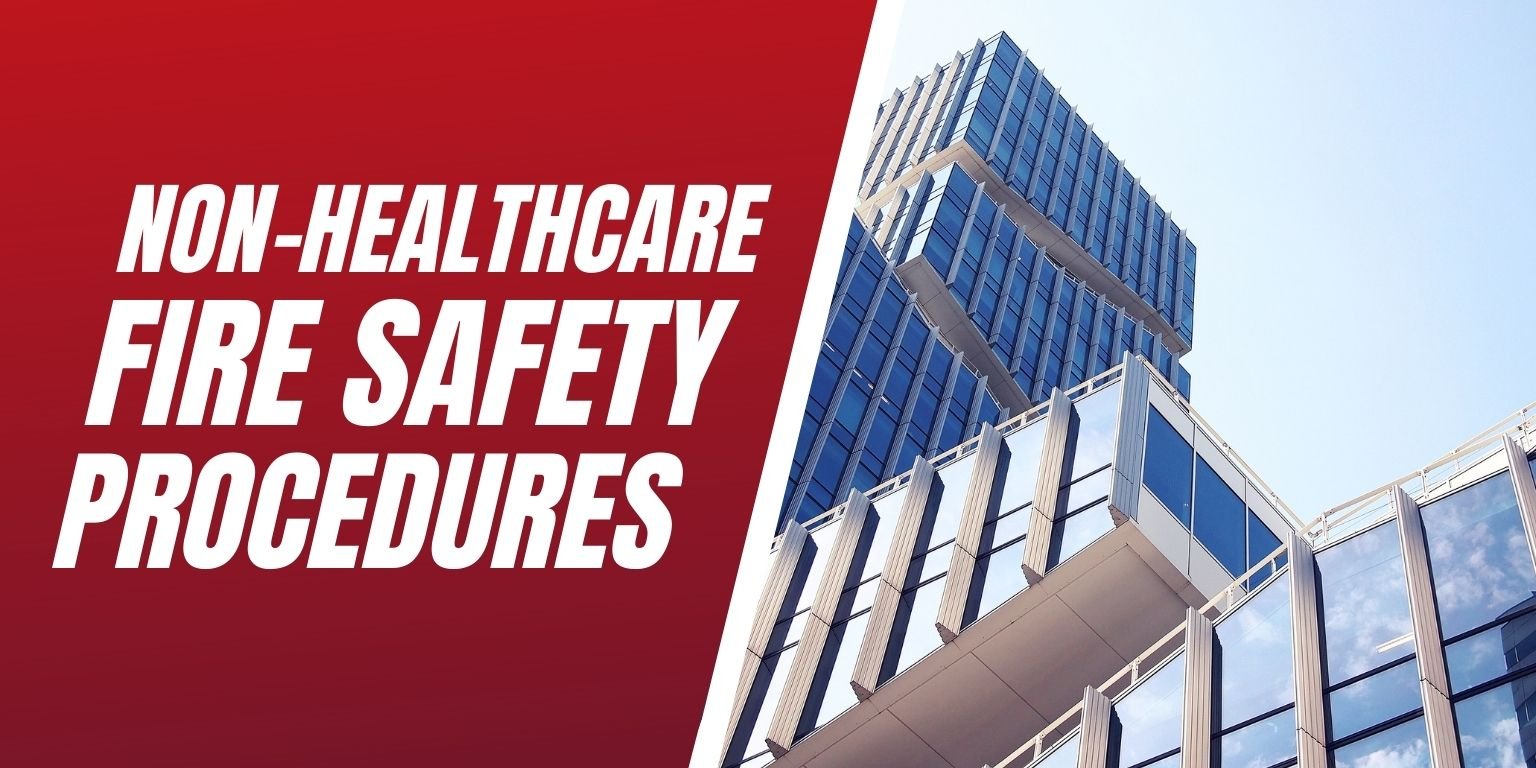
Facility managers in the educational, commercial or hospitality industry prioritize building occupant safety in fire emergency situations. Fire door and damper inspections & repairs seem like a difficult task to master or schedule, however it’s critical to ensure the fire doors will properly close and fire dampers will operate as intended. Regardless, fire doors must be shut at all times in order for their purpose to be served within a facility and dampers must undergo routine tests to ensure functionality.
Fire Doors
Fire doors are a significant component to the passive fire protection system within facilities. They have been specifically designed to help prevent the spread of fire and smoke throughout a building, while providing a safe egress for those trying to evacuate. All fire doors, regardless of industry must be properly maintained to stay compliant with the codes. Hence, annual inspections are required.
Fire doors are complicated devices, with many different parts working together to help the door function properly. Unfortunately, this allows for many different deficiencies to occur over time.
Common Fire Door Deficiencies:
- Painted or missing fire door labels
- Poor clearance dimensions around perimeter of the door in the closed position
- Kick down door holders
- Auxiliary hardware items that interfere with the intended function of the door
- Fire doors blocked to stay in the open position
- Fire door assembly area blocked by furniture, equipment and/or boxes
- Broken, defective or missing hardware items (latch bolts and/or strike plated etc.)
- Fire exit hardware installed on doors that aren’t labeled for use
- Missing or incorrect fasteners
- Bottom flush bolts that do not project 1/2″ into the strike
Fire and Smoke Dampers
Fire and smoke dampers are out of plain sight during day-to-day operations and due to the NFPA only requiring inspections every 4 years they are commonly found to be out of compliance. Fire and Smoke Dampers must remain operable and undergo routine maintenance in all types of facilities regardless of industry. If not, the loss of life could be tragic which is why inspection requirements are strictly enforced.
The NFPA 80 and 105 require non-healthcare facilities have their fire and smoke dampers inspected and tested every 4 years. Dampers play a pivotal role in the passive fire protection system of a facility as it compartmentalizes areas to ensure safety for building occupants in the event of a fire emergency. According to the inspections that Life Safety Services® have performed, approximately 22% of dampers fail their inspection. The most common reasons for failures of fire and smoke dampers include inoperable actuators, no air to actuator, linkage out of alignment, bound in tracks and no power to the actuator. Due to complex designs, it is important that industry professionals are the individuals responsible for conducting inspections and repairs.
Your Team of Fire Safety Service Professionals
LSS technicians hold multiple fire door inspection certifications from industry-best organizations such as the Door and Hardware Institute and the International Fire Door Inspector Association.
In addition, LSS’ technicians are familiar with the many damper makes and models that are currently in use across the U.S. and Canada. The technicians have also fulfilled extensive damper repair training with major industry manufacturers such as Belimo, Lloyds, Ruskin and Greenheck. Life Safety Services® can provide the peace of mind unlike any other company.
To learn more about are fire safety procedures within non-healthcare facilities, contact us today.

